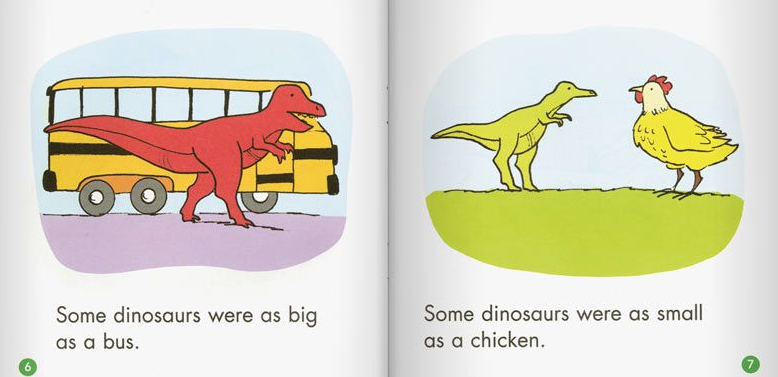Diverse needs create a challenge for kindergarten teachers
How can states help their kindergarten teachers meet students where they are and boost learning for all?
Kindergarten is an important transition to the early grades. In fact, more and more teachers say kindergarten is the new first grade. Recent research by Bassok, Latham and Rorem backs this up. In 2016, these researchers examined differences in kindergarten expectations and teaching practices between 1998 and 2010. Over that period, they found a 50 percentage-point increase in the proportion of public school kindergarten teachers who agreed that most children should learn to read in kindergarten.
“Public school kindergarten classrooms became increasingly similar in structure and focus to typical first-grade classrooms of the late ‘90s…”
Bassok, Latham and Rorem (2016)
This change is largely explained by higher academic expectations in later grades, which have led the earliest grades to increase the rigor of their standards, too. Current learning standards in every SREB state dictate that children leaving kindergarten should be able to read emergent-reader texts consisting of simple words in repetitive patterns, supported by pictures that help tell the story. Reaching this milestone prepares students to make large leaps in reading skills during first grade.
While academic expectations have increased, kindergarten teachers have the same amount of time to help children meet them. These increased expectations might not be an obstacle if every child entered kindergarten with the knowledge and skills they need to learn to read. But kindergarten classrooms receive children with a wide range of skills, experiences and abilities. A few students in each kindergarten classroom may be beginning readers when they start school, while others might not be able to say the alphabet or identify colors, letters, or numbers. And for some, kindergarten is their first experience of immersion in an English-language environment.
Providing an appropriate level of support to children with such diverse needs is very challenging for kindergarten teachers, especially when they have a large class of students. Children who come to school without basic skills require more attention from their teachers if they are to meet grade-level expectations by the end of the year. As a result, children who enter kindergarten already equipped with these skills may not receive the support they need to fully build upon the boost. This is one likely explanation for the phenomenon we often see in kindergarten: children who did not attend pre-K largely catch up to children who did.
As the Brookings Institution’s Pre-Kindergarten Task Force emphasized in April of this year, state policies for kindergarten need to empower teachers to address their students’ individual learning needs and provide a “recharging station” for those who attended pre-K. In other words, teachers need to be able to expand upon the gains these students bring to the kindergarten classroom, rather than teaching content and skills they have already mastered. This can help the pre-K boost continue past kindergarten and into later grades — and help close the achievement gap between at-risk students and their peers.
“Keeping class sizes small for our youngest learners enables teachers to spend more time working with them individually.”
William J. Mathis from the National Education Policy Center reviewed some of the best research on class-size reduction in 2016. He concluded that — while some have argued otherwise — reductions in class size do produce positive, significant and long-lasting effects on student achievement. Keeping class sizes small for our youngest learners enables teachers to spend more time working with them individually and build upon their existing skills. In turn, this can help the pre-K advantage last into later grades.
Ensuring that every disadvantaged child attends a high-quality pre-K program can also help reduce the number of students who enter kindergarten without key readiness skills. If more students are “school-ready” when they first walk in the door, kindergarten teachers will be able to spend less time remediating and more time challenging all of their students to reach greater heights.
For more on how states can support kindergarten classrooms and turn them into “recharging stations” for pre-K, read our policy report: Ready to Read, Ready to Succeed.


